In the quiet corners of her office, Susan Davis embarks on her path to perfection—a meticulous dance with her manuscript, one balancing creativity with precision. The editing process is not just about finding errors; it’s an intimate journey through her words, a labor of love that demands her full attention. The glow of her computer screen illuminates the room, casting long shadows that flicker with each click of her mouse.
Susan begins with the basics. Her editing tools—Microsoft Word and Grammarly—are reliable companions, catching simple mistakes her eyes have overlooked. Yet, Susan knows their limitations. These tools, while helpful, lack the nuance of human touch, often suggesting changes that feel mechanical, devoid of the artistry she strives to maintain.
Her process is far from linear. Each paragraph and sentence is scrutinized for clarity and rhythm. As she progresses, Susan makes notes and jot down ideas for plot adjustments or character developments. She knows that even the slightest change can ripple through her story, requiring her to revisit earlier chapters to maintain consistency. She embraces a painstaking task with a sense of duty to her craft.
The next phase involves her trusted beta reader, a former Navy submariner who brings a unique perspective to her stories, especially those featuring Marine characters. His feedback is invaluable for accuracy in lingo and traditions and for keeping her characters true to themselves. “Rick would never say that,” he might point out, challenging Susan to dive deeper into her character’s psyche. His insights often lead to more revisions and late nights spent rewriting dialogue or scenes.
After incorporating her beta reader’s suggestions, Susan turns to the “Read Aloud” function in Word. The computerized voice may lack emotion, but it forces her to listen closely to catch the awkward phrasing or the misplaced comma. It’s a methodical process, and Susan repeats it multiple times, each passing through the manuscript revealing new tweaks and adjustments.
When she feels the manuscript is nearing completion, she sends it off to her editor—a trusted collaborator who knows Susan’s style almost as well as Susan herself. Their relationship is a dance filled with respectful disagreements and lively debates. Her editor’s critique often centers around Susan’s penchant for poetic language, suggesting that she trim the excess and streamline the prose. Susan considers each note carefully, weighing the advice against her vision for the story.
Once the manuscript returns from the editor, it goes back through the “Read Aloud” process. Then, it’s off to a second beta reader, a former law school classmate whose keen eye for detail catches the slightest inconsistencies in punctuation and grammar. Her insistence on correctly using “all right” instead of “alright” might seem pedantic to some, but Susan appreciates the precision.
After a final round of revisions, the manuscript returns to the editor for formatting. Finally, the book is ready for print after what feels like an eternity.
Yet, even when the book appears on Kindle, Susan isn’t done. She reads it again, searching for any last-minute mistakes, her commitment to perfection unwavering. The process is exhausting, no doubt, but it is a necessary labor for Susan. Each pass through the manuscript and careful edit is a testament to her dedication as a writer and her relentless pursuit of a story well-told.
Susan Davis’s editing process reminds all writers that perfection is not a destination but a journey. It’s about embracing the details, trusting the process, and never settling for less than the best. For Susan and all writers who share her passion, the real magic happens not in the writing but in the rewriting.
We Don’t Want to Write the Laws; We Want to Publish the Books
Publication Consultants: The Synonym for Book Publishing—https://publicationconsultants.com




 This is Publication Consultants’ motivation for constantly striving to assist authors sell and market their books. Author Campaign Method (ACM) of sales and marketing is Publication Consultants’ plan to accomplish this so that our authors’ books have a reasonable opportunity for success. We know the difference between motion and direction. ACM is direction! ACM is the process for authorpreneurs who are serious about bringing their books to market. ACM is a boon for them.
This is Publication Consultants’ motivation for constantly striving to assist authors sell and market their books. Author Campaign Method (ACM) of sales and marketing is Publication Consultants’ plan to accomplish this so that our authors’ books have a reasonable opportunity for success. We know the difference between motion and direction. ACM is direction! ACM is the process for authorpreneurs who are serious about bringing their books to market. ACM is a boon for them. Release Party
Release Party Web Presence
Web Presence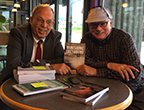 Book Signings
Book Signings Facebook Profile and Facebook Page
Facebook Profile and Facebook Page Active Social Media Participation
Active Social Media Participation Ebook Cards
Ebook Cards The Great Alaska Book Fair: October 8, 2016
The Great Alaska Book Fair: October 8, 2016


 Costco Book Signings
Costco Book Signings eBook Cards
eBook Cards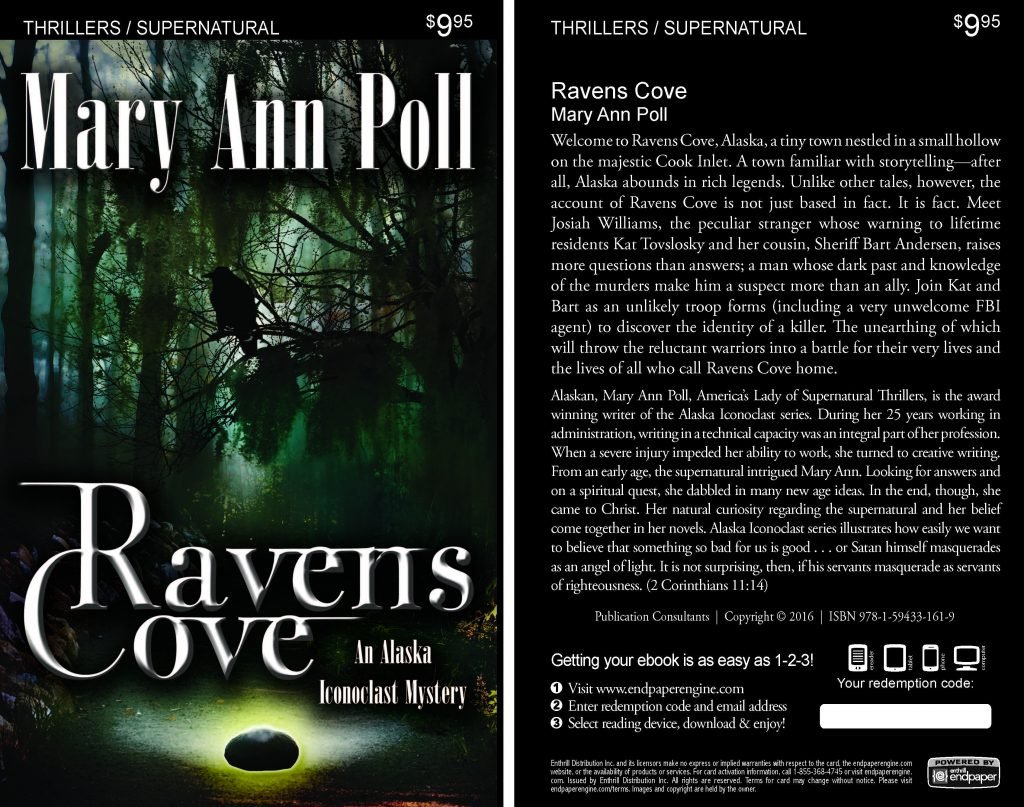

 Benjamin Franklin Award
Benjamin Franklin Award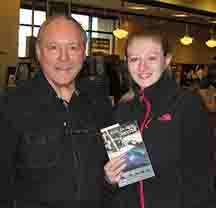 Jim Misko Book Signing at Barnes and Noble
Jim Misko Book Signing at Barnes and Noble
 Cortex is for serious authors and will probably not be of interest to hobbyists. We recorded our Cortex training and information meeting. If you’re a serious author, and did not attend the meeting, and would like to review the training information, kindly let us know. Authors are required to have a Facebook author page to use Cortex.
Cortex is for serious authors and will probably not be of interest to hobbyists. We recorded our Cortex training and information meeting. If you’re a serious author, and did not attend the meeting, and would like to review the training information, kindly let us know. Authors are required to have a Facebook author page to use Cortex. Correction:
Correction: This is Publication Consultants’ motivation for constantly striving to assist authors sell and market their books. ACM is Publication Consultants’ plan to accomplish this so that our authors’ books have a reasonable opportunity for success. We know the difference between motion and direction. ACM is direction! ACM is the process for authors who are serious about bringing their books to market. ACM is a boon for serious authors, but a burden for hobbyist. We don’t recommend ACM for hobbyists.
This is Publication Consultants’ motivation for constantly striving to assist authors sell and market their books. ACM is Publication Consultants’ plan to accomplish this so that our authors’ books have a reasonable opportunity for success. We know the difference between motion and direction. ACM is direction! ACM is the process for authors who are serious about bringing their books to market. ACM is a boon for serious authors, but a burden for hobbyist. We don’t recommend ACM for hobbyists.

 We’re the only publisher we know of that provides authors with book signing opportunities. Book signing are appropriate for hobbyist and essential for serious authors. To schedule a book signing kindly go to our website, <
We’re the only publisher we know of that provides authors with book signing opportunities. Book signing are appropriate for hobbyist and essential for serious authors. To schedule a book signing kindly go to our website, < We hear authors complain about all the personal stuff on Facebook. Most of these complaints are because the author doesn’t understand the difference difference between a Facebook profile and a Facebook page. Simply put, a profile is for personal things for friends and family; a page is for business. If your book is just a hobby, then it’s fine to have only a Facebook profile and make your posts for friends and family; however, if you’re serious about your writing, and it’s a business with you, or you want it to be business, then you need a Facebook page as an author. It’s simple to tell if it’s a page or a profile. A profile shows how many friends and a page shows how many likes. Here’s a link <> to a straight forward description on how to set up your author Facebook page.
We hear authors complain about all the personal stuff on Facebook. Most of these complaints are because the author doesn’t understand the difference difference between a Facebook profile and a Facebook page. Simply put, a profile is for personal things for friends and family; a page is for business. If your book is just a hobby, then it’s fine to have only a Facebook profile and make your posts for friends and family; however, if you’re serious about your writing, and it’s a business with you, or you want it to be business, then you need a Facebook page as an author. It’s simple to tell if it’s a page or a profile. A profile shows how many friends and a page shows how many likes. Here’s a link <> to a straight forward description on how to set up your author Facebook page.



 Mosquito Books has a new location in the Anchorage international airport and is available for signings with 21 days notice. Jim Misko had a signing there yesterday. His signing report included these words, “Had the best day ever at the airport . . ..”
Mosquito Books has a new location in the Anchorage international airport and is available for signings with 21 days notice. Jim Misko had a signing there yesterday. His signing report included these words, “Had the best day ever at the airport . . ..”



 The Lyin Kings: The Wannabe World Leaders
The Lyin Kings: The Wannabe World Leaders
 Time and Tide
Time and Tide


 ReadAlaska 2014
ReadAlaska 2014 Readerlink and Book Signings
Readerlink and Book Signings
 2014 Independent Publisher Book Awards Results
2014 Independent Publisher Book Awards Results

 Bonnye Matthews Radio Interview
Bonnye Matthews Radio Interview
 Rick Mystrom Radio Interview
Rick Mystrom Radio Interview When he published those overseas blogs as the book The Innocents Abroad, it would become a hit. But you couldn’t find it in bookstores.
When he published those overseas blogs as the book The Innocents Abroad, it would become a hit. But you couldn’t find it in bookstores. More NetGalley
More NetGalley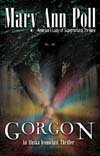 Mary Ann Poll
Mary Ann Poll
 Bumppo
Bumppo
 Computer Spell Checkers
Computer Spell Checkers Seven Things I Learned From a Foreign Email
Seven Things I Learned From a Foreign Email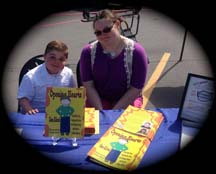 2014 Spirit of Youth Awards
2014 Spirit of Youth Awards Book Signings
Book Signings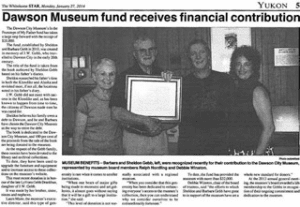


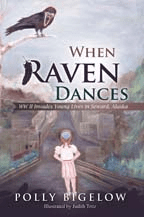 Blog Talk Radio
Blog Talk Radio Publication Consultants Blog
Publication Consultants Blog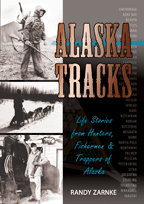 Book Signings
Book Signings

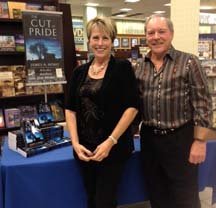

 Don and Lanna Langdok
Don and Lanna Langdok Ron Walden
Ron Walden Book Signings Are Fun
Book Signings Are Fun Release Party Video
Release Party Video
 Erin’s book,
Erin’s book,  Heather’s book,
Heather’s book,  New Books
New Books